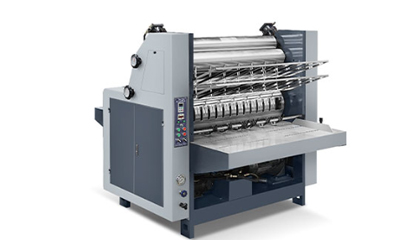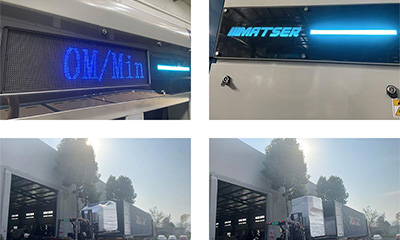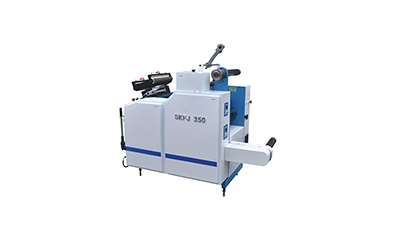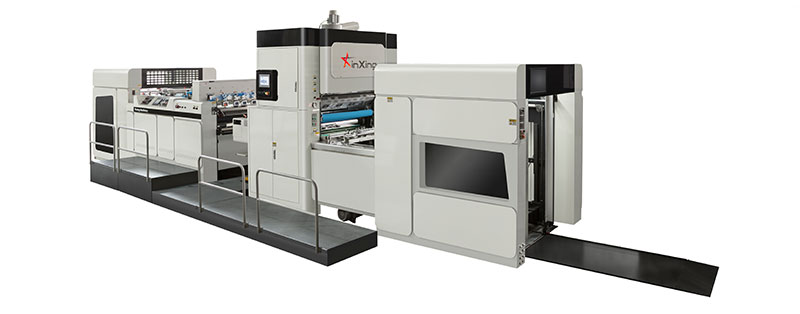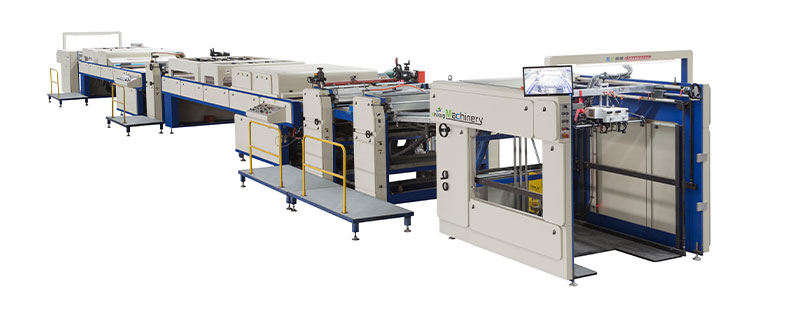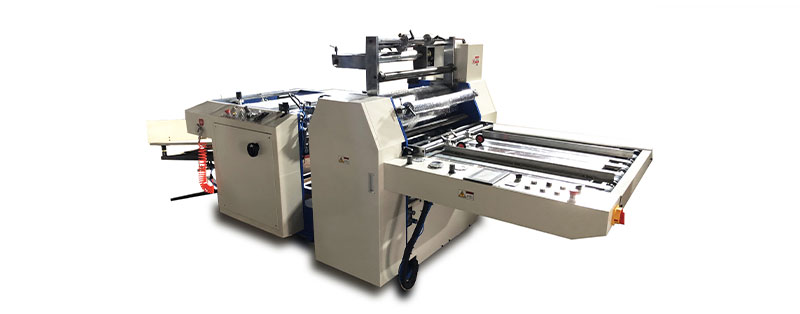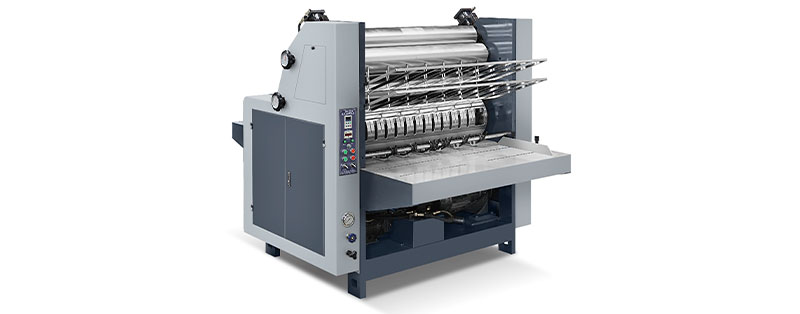The roll-to-roll laminator is an important device for continuously feeding protective film onto materials, and is widely used in office, printing, packaging and other industries. Its core structure includes an unwinding roller (for feeding the substrate and film roll), a heating roller (for activating hot melt adhesive), a pressure roller (for bonding materials) and a winding roller (for collecting the finished product).
The workflow is streamlined: substrates (e.g., paper, cardboard) and films (PVC, PET) are fed simultaneously. Heat from the rollers melts the adhesive layer on the film, while pressure rollers ensure tight bonding. This continuous operation excels at batch-processing large-format or long-length materials, significantly boosting efficiency.
Types & Key Advantages
Roll laminating machines are categorized into hot roll and cold roll variants. Hot models use heat to activate adhesives, ideal for durable lamination (e.g., outdoor posters). Cold models rely on pressure-sensitive films, suitable for heat-sensitive materials like photos or vinyl.
Their strengths include:
• Versatility: Adaptable to various film thicknesses and substrates via adjustable temperature, pressure, and speed.
• Durability: Laminated layers resist water, stains, and tearing, extending material lifespan.
• Cost-effectiveness: Continuous operation reduces per-unit processing time for bulk orders.
Expanded Applications & Trends
Beyond office document protection and advertising posters, these machines serve diverse fields:
• Packaging: Enhancing surface gloss and moisture resistance for food packaging.
• Education: Preserving teaching aids like charts and flashcards.
• Industrial: Reinforcing labels and technical diagrams in manufacturing.
Recent trends focus on energy-efficient heating systems and smart controls for precise adjustments. Maintenance—such as regular roller cleaning and lubrication—ensures consistent performance, making roll laminators a long-term investment in material enhancement.


